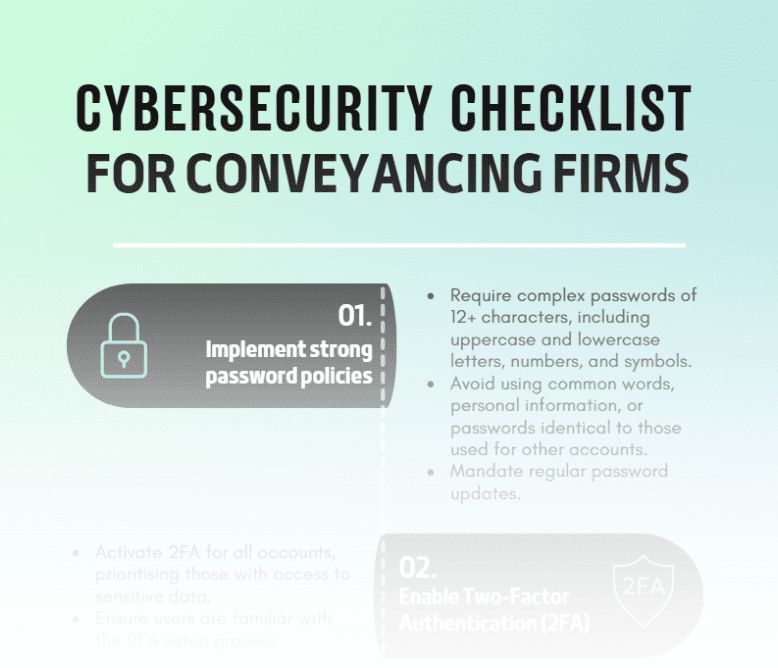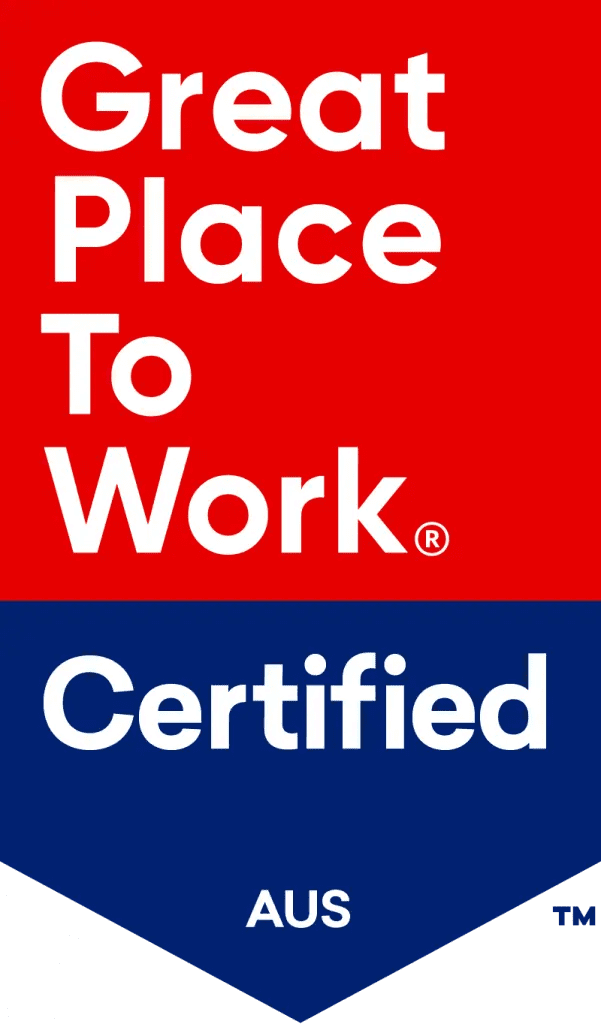Conveyancers and clients are facing a stressful time as some buyers face upfront outlay of close to $11,000 on each purchase – until concessions package has final seal of approval.
Pre-election promises of across-the-board relief that were made as part of the government’s Stamping Out Stamp Duty pledge have passed a first and second parliamentary reading.
But the Taxation Legislation Bill still needs the final seal of approval, which has left both conveyancers and home buyers facing the prospect of missing the July 1 deadline.
For some that could mean an extra outlay of up to $11,000 on each purchase.
While the costs can be recovered, buyers who have factored in promised stamp duty savings will have to pay upfront and recover those costs later, AIC Tasmania President Emmi Balmer told Australian Conveyancer.
“As an industry, we are looking forward to hearing that the Concessions have been passed and given Royal Assent. It’s hopefully just a matter of time,” said Emmi, Director and Licensed Conveyancer at EB Conveyancing whose comments echo those of conveyancers across Australia who have spoken about a perfect storm of pressures they are facing.
“But at this stage they are still only part of the election promise.
“There will be thousands of people out there waiting to find out.
“We are getting so many questions from clients about what is going to happen. But our hands are tied. It’s particularly stressful for everyone involved.
“The biggest concern is what do we do on July 1 when Royal Assent hasn’t been given and we have settlements due.”
Settlements can be pushed back, but for those whose finances are structured on even receiving the 50% duty concession will have to find up to $11,000 upfront.
“They will be refunded, but have to pay out in the first instance,” Emmi explained.
“It’s really hard to balance the interests of our clients emotionally and their financial well-being.”
Under the new legislation, the first home buyer duty concession has increased from a 50% discount to 100% with the current $600,000 cap raised to $750,000. This means that first home purchasers buying a property of $750,000 or less will not have to pay stamp duty on their home.
With the law applying to any qualifying buyer who purchased their property from February 18 this year, the property market has been “really busy”.
The business owner described the increased stamp duty thresholds as fantastic news but admitted it is tempered by the overall increase in property prices.
“I think we are going to see a mass of first-time buyers,” she said.
“Hopefully that will spur developers into action to build more properties to ensure we have the supply to match the demand.”
The Stamping Out Stamp Duty Plan also applies to pensioners downsizing and is available for existing houses, units and apartments. It is due to begin immediately and run for two years until June 30, 2026.






